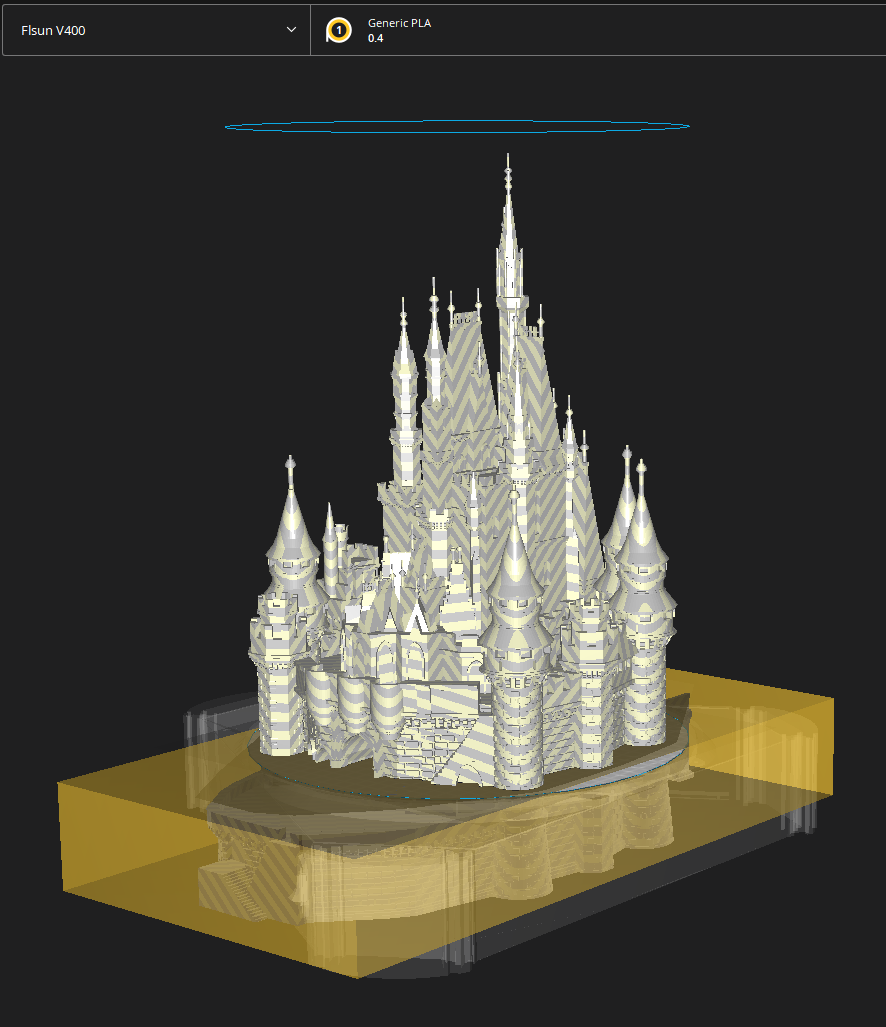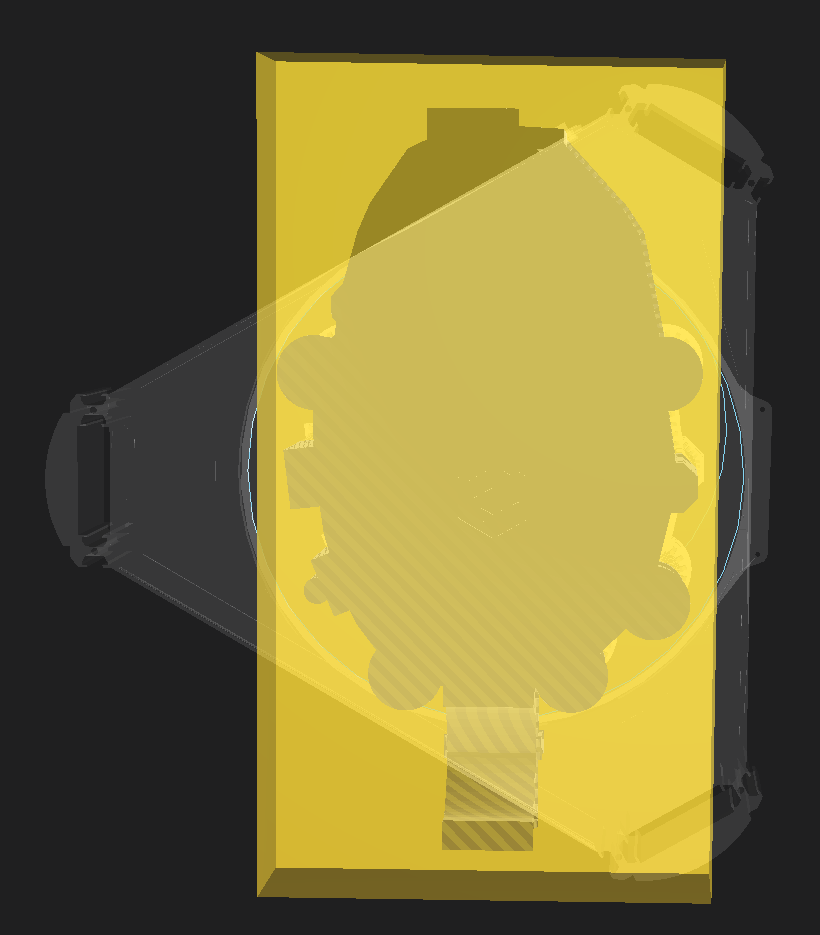3DPrinting
3DPrinting is a place where makers of all skill levels and walks of life can learn about and discuss 3D printing and development of 3D printed parts and devices.
The r/functionalprint community is now located at: or [email protected]
There are CAD communities available at: [email protected] or [email protected]
Rules
-
No bigotry - including racism, sexism, ableism, homophobia, transphobia, or xenophobia. Code of Conduct.
-
Be respectful, especially when disagreeing. Everyone should feel welcome here.
-
No porn (NSFW prints are acceptable but must be marked NSFW)
-
No Ads / Spamming / Guerrilla Marketing
-
Do not create links to reddit
-
If you see an issue please flag it
-
No guns
-
No injury gore posts
If you need an easy way to host pictures, https://catbox.moe may be an option. Be ethical about what you post and donate if you are able or use this a lot. It is just an individual hosting content, not a company. The image embedding syntax for Lemmy is 
Moderation policy: Light, mostly invisible
view the rest of the comments




I don't think that Cura is smart enough to cut STL files apart like that. My guess is that a program like blender would be best to do this, make a shape the size of your printer's build volume (or slightly smaller), put the part you want to print inside of the shape, then remove everything else.
I'm not familiar with blender but that's the work flow I would approach with.
Here’s how I would do this in blender:
Can even use cylinders to group some circular parts of the model together naturally so that the “glue” points are at the bottom inside the walls where they’re not obvious
@WolfLink @papalonian yeah, something like this but you might try. MS 3D Builder is out is still around our even good old Meshmixer!
Alternatively you could try adding a plane and extrusion this downwards on blender, Meshmixer etc